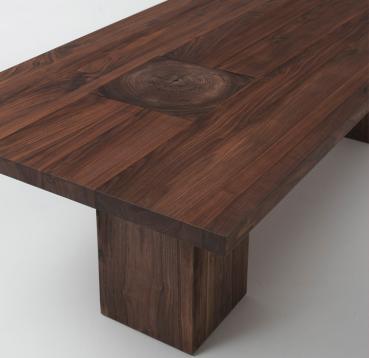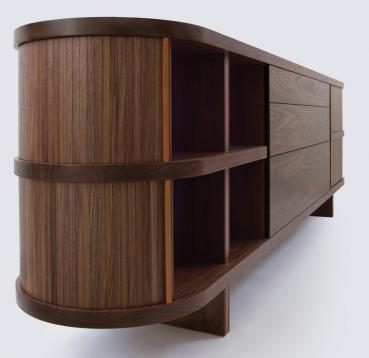-

-
ERASMUS UNIVERSITY
Architect Claus en Kaan specified American walnut for the floor and joinery within the Erasmus University Education Centre in Rotterdam, The Netherlands. Photograph by Bart Gosselin.
-
-
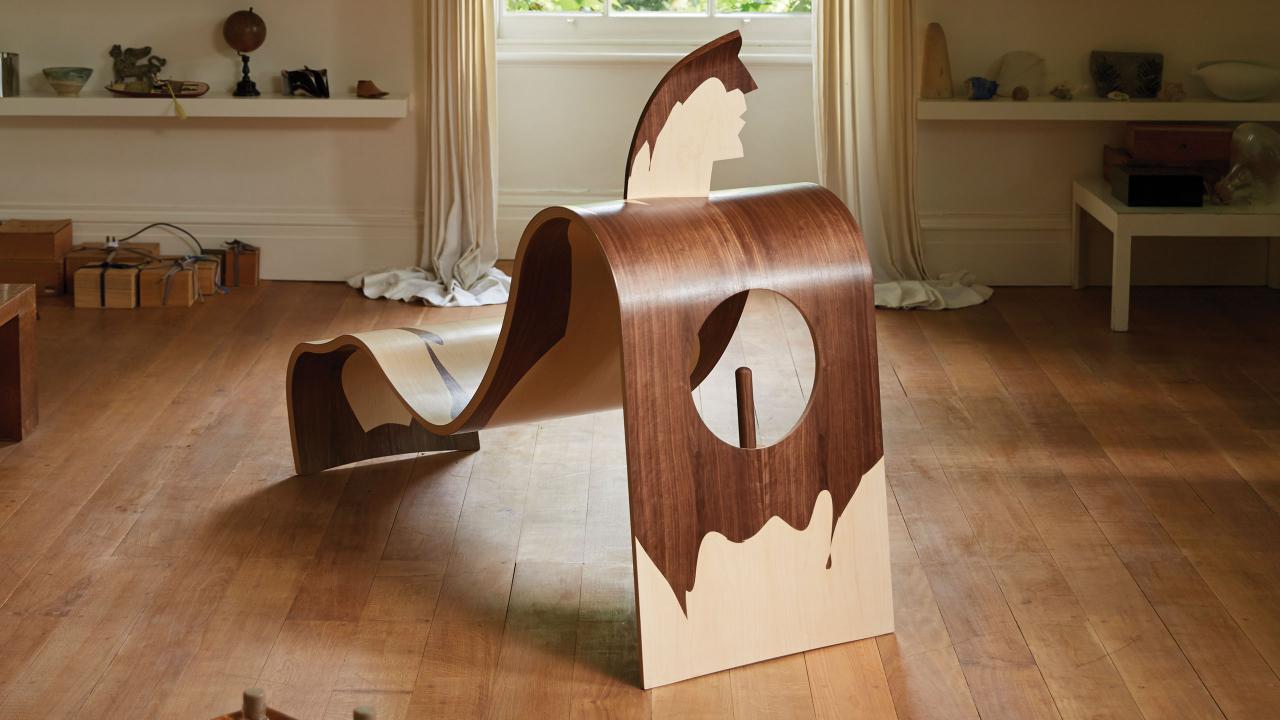
-
A SEAT IN HUMAN FORM
Ten leaders in design commissioned ten emerging designers to create the object they have always wanted for The Wish List, a project initiated by AHEC. A Seat in Human Form was Allen Jones’ wish, designed and made for him by Lola Lely using American walnut.
-
-
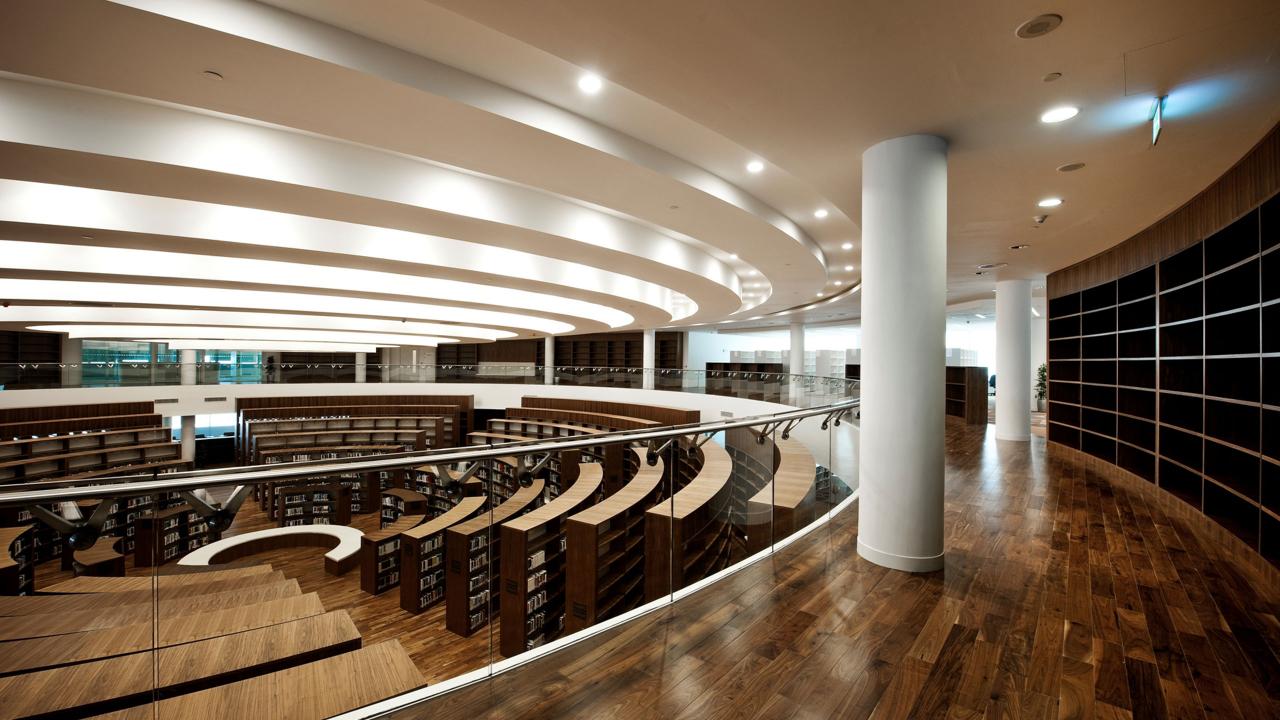
-
ZAYED UNIVERSITY
Architects AHK Interiors specified American walnut for Zayad University library’s flooring, bookshelves and walls for its dark earthy colour and strong aesthetic presence.
-
-
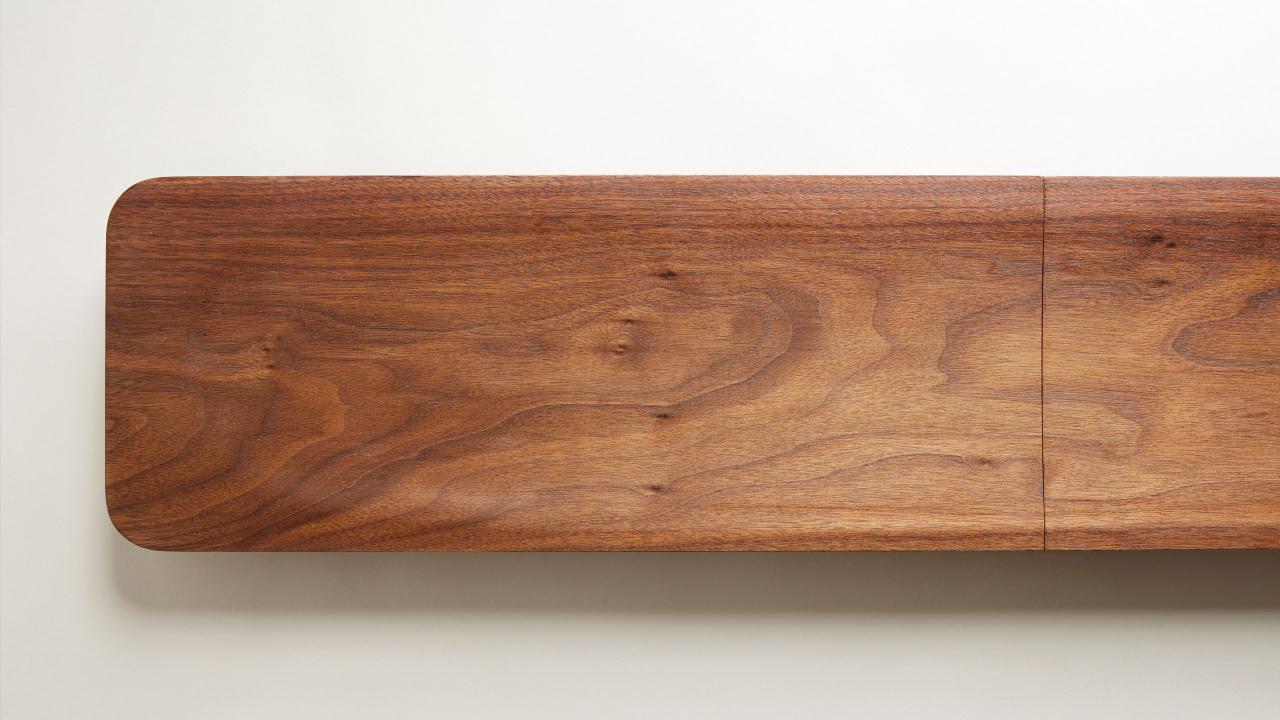
-
6 X 500
Ten leaders in design commissioned ten emerging designers to create the object they have always wanted for The Wish List, a project initiated by AHEC. 6 x 500 was Amanda Levete’s wish, designed and made for her by Win Assakul using American walnut.
-
American walnut
American walnut is one of the most sought-after species in markets across the world and is unique to North America.
Latin Name
Juglans nigra
Other Common Names
black walnut

Forest Distribution
American walnut trees grow very widely across the eastern USA in mixed hardwood forests and on farms, concentrated in central states but spread from Texas to the eastern seaboard. The trees are one of the few hardwood species planted as well as occurring and regenerated naturally. They grow relatively tall and straight with few lower branches.
FOREST GROWTH
FIA data shows U.S. walnut growing stock is 137.8 million m3, 0.9% of total U.S. hardwood growing stock. American walnut is growing 4.8 million m3 per year while the harvest is 1.9 million m3 per year. The net volume (after harvest) is increasing 2.9 million m3 each year. U.S. walnut growth exceeds harvest in all major supplying states except Michigan.
LCA Tool
seconds
Material Availability
Walnut from the USA is available as sawn lumber and as veneer. The lumber is generally sold un-steamed and unselected for colour. Specialist producers may offer steamed walnut intended to darken the sapwood and thus reduce the colour difference between heartwood and sapwood. Recent years have seen huge global demand for this species. NHLA Grading Rules are modified for walnut, allowing smaller specifications and smaller clear cuttings and sapwood is admitted without limit. Consultation with suppliers is recommended.
Wood Description
- The sapwood of walnut is creamy white, whereas the heartwood is light brown to dark chocolate brown, making the difference in colour quite distinct. Occasionally the heartwood has dark, even purple, streaks. The wood of walnut is generally straight grained, although sometimes with wavy or curly grain that produces its characteristic and attractive figure, sought after by designers.
- American walnut is quite different to European walnut, which tends to be lighter in colour.
Mechanical Properties
Walnut is tough, hard and of medium density. It has moderate bending and crushing strengths and is low in stiffness. It has good steam bending classification.
-
0.55
Specific Gravity (12% M.C.)
609 kg/m3
Average Weight (12% M.C.)
10.20%
Average Volume Shrinkage (Green to 6% M.C.)
100.677 MPa
Modulus of Rupture
11,584 MPa
Modulus of Elasticity
52.264 MPa
Compressive strength (parallel to grain)
4,492 N
Hardness
Oiled / Un-Oiled Appearance


Performance
- American walnut works easily with hand and machine tools. It has excellent planing, turning and moulding properties. It has good nailing and gluing properties and can be stained and polished to an excellent finish. The wood dries slowly and has good dimensional stability when dry.
- The wood is rated as very resistant to heartwood decay and is one of the most durable (decay resistant) American hardwoods.
Main Uses
Walnut is considered one of the supreme species for high end furniture, cabinets, doors and interior joinery. It is used for flooring and panelling and it is widely used to contrast with other hardwoods.
Examples of Use
